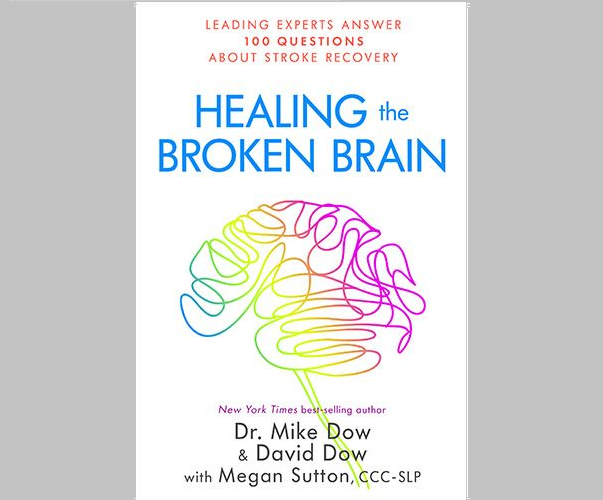Body
Dr. Mary Stoykov contributes to chapter 5 of "Healing the Broken Brain", explaining why the arm and hand recover slowest after a paralyzing incident.
"Dr. Stoykov: There are some pretty good reasons for that. One is the location of the stroke. The middle cerbral artery is most commonly affected by stroke, and that artery covers a huge territory in the brain, which includes the area that controls the hand and the arm. We have more cortex area in the brain for controlling the hand and the arm than we have for controlling the leg...It's harder to rehabilitate very complicated movement where lots of joints are involved than it is to rehabilitate walking, which is mostly hip flexion and knee extension. Walking is complicated, but arm movement is much more complicated."
One approach to recovering hand functionality post stroke, that Dr. Stoykov mentions, is sensory feedback therapy. That is flooding the hand with sensations such as different textures, vibrations, hot/cold temperatures, to give the hand many different sensations to process in the brain. Those sensations will then be processed in the sensory and motor cortices. When this area of the brain is activated, it can awaken other movement progressions.
 To read more of Dr.Mary Stoykov's contributions to this very popular book for patient's and families, read: Healing the Broken Brain: Leading Experts Answer 100 Questions about Stroke Recovery.
To read more of Dr.Mary Stoykov's contributions to this very popular book for patient's and families, read: Healing the Broken Brain: Leading Experts Answer 100 Questions about Stroke Recovery.

